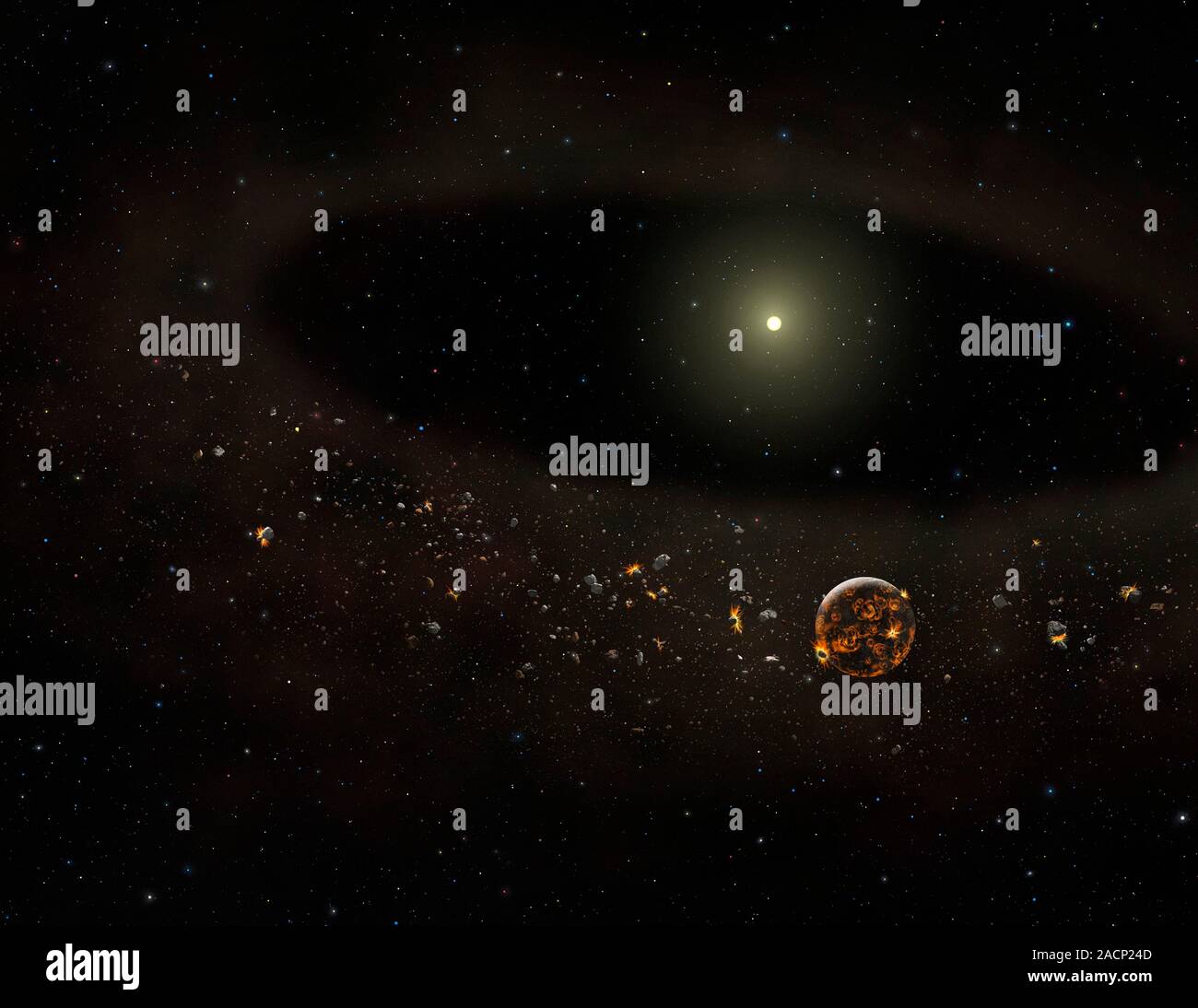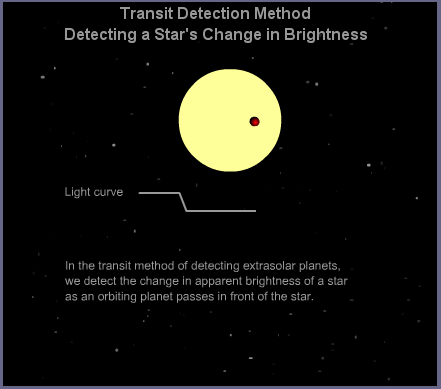The Mysteries of Vanishing Astronomical Objects: New Insights into the Universe
At first glance, the universe appears largely unchanging, particularly when observed with the naked eye. For millennia, humans have looked up at the night sky, seeing the same stars, constellations, and occasional phenomena like comets or supernovae. While these celestial objects seem fixed in the cosmos, modern technology has revealed that astronomical events sometimes happen on startlingly short timescales. Thanks to telescopes and satellite-based observation systems, we are now able to witness rapid and mysterious changes, some of which challenge current scientific understanding. In the domain of astrophysics, one of the most intriguing mysteries involves stars and their accompanying debris simply… disappearing.
The Vanishing Debris Disc of Star TYC 8241 2652
One of the most perplexing cosmic disappearances involved a young star called TYC 8241 2652. Located in the constellation Centaurus, this star is about 10 million years old — a mere infant compared to our 4.6-billion-year-old Sun. Like many young stars, it possessed a debris disc made up of gas and dust, which over time would gradually coalesce into planets. This process typically spans millions of years, yet something remarkable occurred with TYC 8241 2652: its debris disc vanished within just a few decades.
Discovered by the IRAs satellite in 1983, the star was observed glowing brightly in the infrared spectrum, which indicated the presence of a warm debris disc. For more than 25 years, the debris disc remained unchanged. However, in 2010, NASA’s *WISE* spacecraft took another look at TYC 8241 2652, only to find that the disc had virtually disappeared. This raised a critical question: how could a debris disc that should persist for geological timescales disappear so rapidly?
Possible Explanations
A number of hypotheses were proposed, but none seemed particularly satisfying. One suggestion was that a massive planetary impact had caused the dust to fall inward toward the star, disappearing almost instantly. Another theory speculated that the dust particles within the disc collided and disintegrated into undetectable sizes. Neither explanation seemed consistent with the physics we understand.
An alternative, though highly speculative theory, posits the rapid harvesting of material by advanced extraterrestrial technology—perhaps a swarm of von Neumann probes. Although this is science fiction territory, it highlights just how baffling the real-world disappearance of this disc remains.
< >
>
The Strange Dimming of HD 139139
Another baffling case involved the *Kepler* spacecraft’s detection of irregular dimming in the binary star system HD 139139. During Kepler’s mission to locate exoplanets by observing slight dips in starlight caused by planetary transits, HD 139139 exhibited a pattern unlike any ever recorded. Over the course of its observation, the star presented 28 dimming events, most of which suggested the presence of exoplanets. However, these dips revealed no periodicity, meaning they did not correspond with regular orbits, which would be expected from planets circling the star.
When the star was observed again years later, no further dimming events were detected, adding to its mysterious nature. Several theories have been floated, including a possible glitch in the Kepler spacecraft—though this seems unlikely. One fascinating proposition is that the dips were caused by rogue planets moving through the interstellar medium, temporarily blocking starlight as they passed between us and HD 139139. While extraordinarily rare, this phenomenon is not without precedent.
< >
>
Vasco Project: Stars Disappearing from the Sky
Perhaps the most mysterious set of disappearances comes from a project called VASCO (*Vanishing and Appearing Sources during a Century of Observations*). This project has been analyzing photographic plate surveys of the night sky taken at various times over the last century. By comparing these images, researchers have uncovered around 100 cases where stars have seemingly vanished. The disappearance of stars without any signs of natural phenomena, such as supernovae or dimmings, defies conventional astronomical models.
One startling possibility is direct star collapse into a black hole, a rare and hypothetical event where a massive star skips the supernova phase and silently condenses. Another, more speculative theory suggests alien megastructures, such as Dyson Spheres, could be responsible for the sudden drop in a star’s detectable light output. While the latter idea is even more far-fetched, it cannot be entirely ruled out without further evidence.
<
>
Unsolved Mysteries and Technological Limits
These phenomena illustrate how our universe continues to surprise us. Thousands of exoplanets have been cataloged, and yet new mysteries challenge even the most well-founded astronomical theories. The more we enhance our observation capabilities, the more we realize how much is still unknown. Much like the James Webb Space Telescope is providing high-definition images of the universe (as discussed in my previous article on Sagittarius A* image analysis here), the advancements in tools like Kepler, WISE, and new data-surveying techniques are opening doors to uncovering the universe’s hidden dynamics.
As someone who has spent many hours gazing at the night sky through telescopes alongside my fellow amateur astronomers, I understand the feeling when something unexpected happens — be it a dimming star or a sudden flash of light. These experiences drive my curiosity about space. And though we may remain unsure about what causes objects like TYC 8241 2652’s debris disc to disappear, they serve as compelling reminders about how much the universe still holds to teach us, and how valuable new technologies like AI and machine learning are becoming in analyzing these puzzling astronomical events.
Future Research: What Comes Next?
As research continues, projects like VASCO will likely uncover more extraordinary cases, making the need for advanced technology to analyze these disappearances even more vital. Coupling techniques like AI-driven analysis (similar to what I’ve explored in the world of autonomous driving and fine-tuning models) with astronomical research could help unlock explanations for cosmic anomalies yet to be understood.
The future of astronomy lies not only in discovering new stars but also in solving the mysteries of those that vanish.
< >
>
Focus Keyphrase: Vanishing Astronomical Objects

